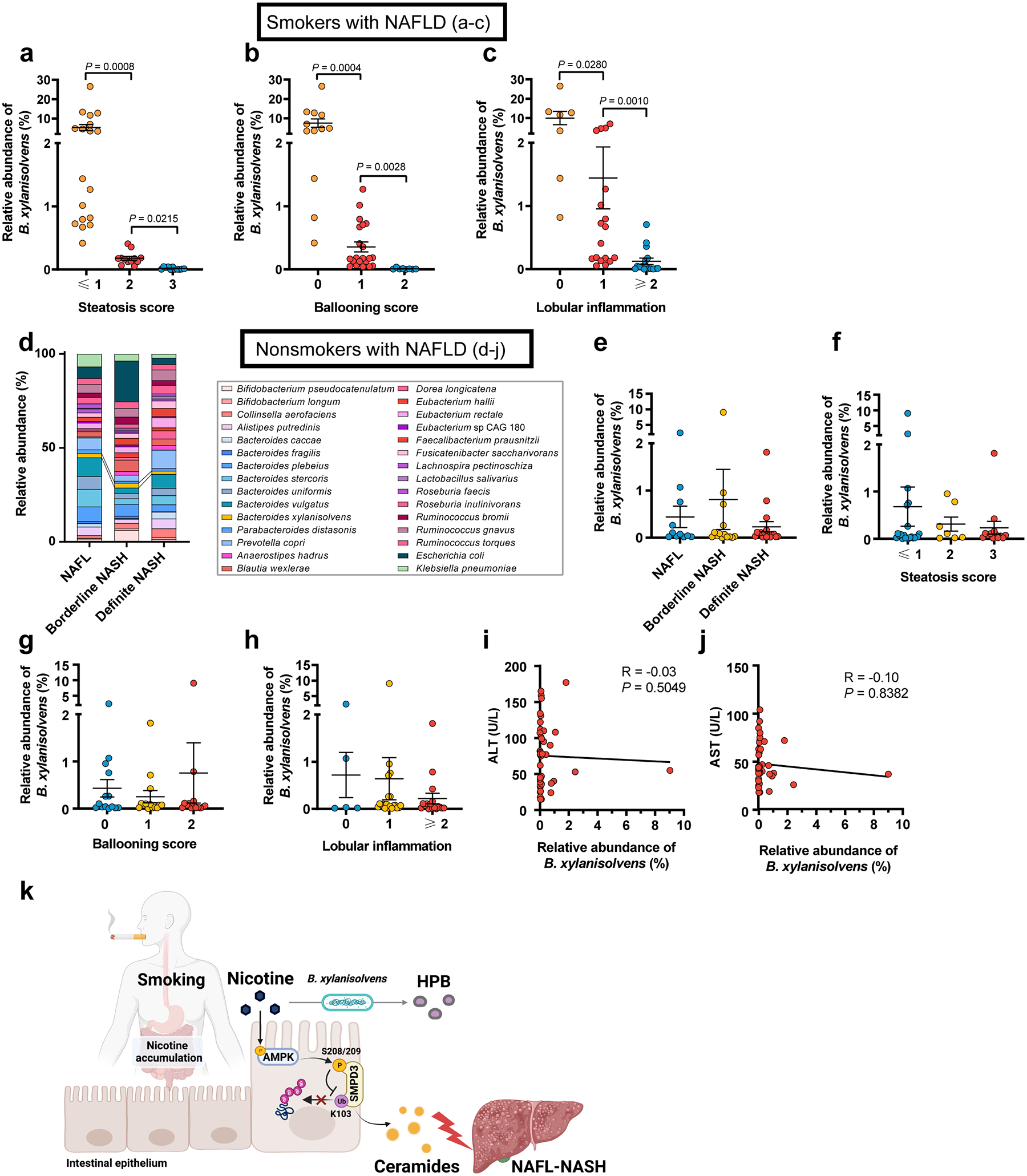Extended Data Fig. 10. B. xylanisolvens-mediated nicotine degradation negatively correlates with clinical NAFLD progression.

In 41 smokers with NAFLD, NAFL n = 11, borderline NASH n= 16, definite NASH n = 14. a-c, Relative abundances of B. xylanisolvens associated with steatosis score (a), ballooning score (b), and lobular inflammation (c) in smokers with NAFLD. In 42 nonsmokers with NAFLD, including NAFL (n = 11), borderline NASH (n = 14), and definite NASH (n = 17). d, Bacterial taxonomic profiling of the gut microbiota from nonsmokers with different NAFLD stages at the species level. e, Relative abundances of B. xylanisolvens associated with different NAFLD stages in nonsmokers with NAFLD. f-h, Relative abundances of B. xylanisolvens associated with steatosis score (f), ballooning score (g), and lobular inflammation (h) in nonsmokers with NAFLD. i, j, Correlative analysis of B. xylanisolvens with ALT (i) and AST (j). Correlations between variables were assessed by linear regression analysis. Linear correction index R square and P values were calculated. k, Summary diagram illustrating the role of microbial nicotine degradation in ceramide modulation and NAFL-NASH progression. Created with BioRender. Data are the means ± s.e.m. a-c, e-h, Kruskal-Wallis test with Dunn’s test.
